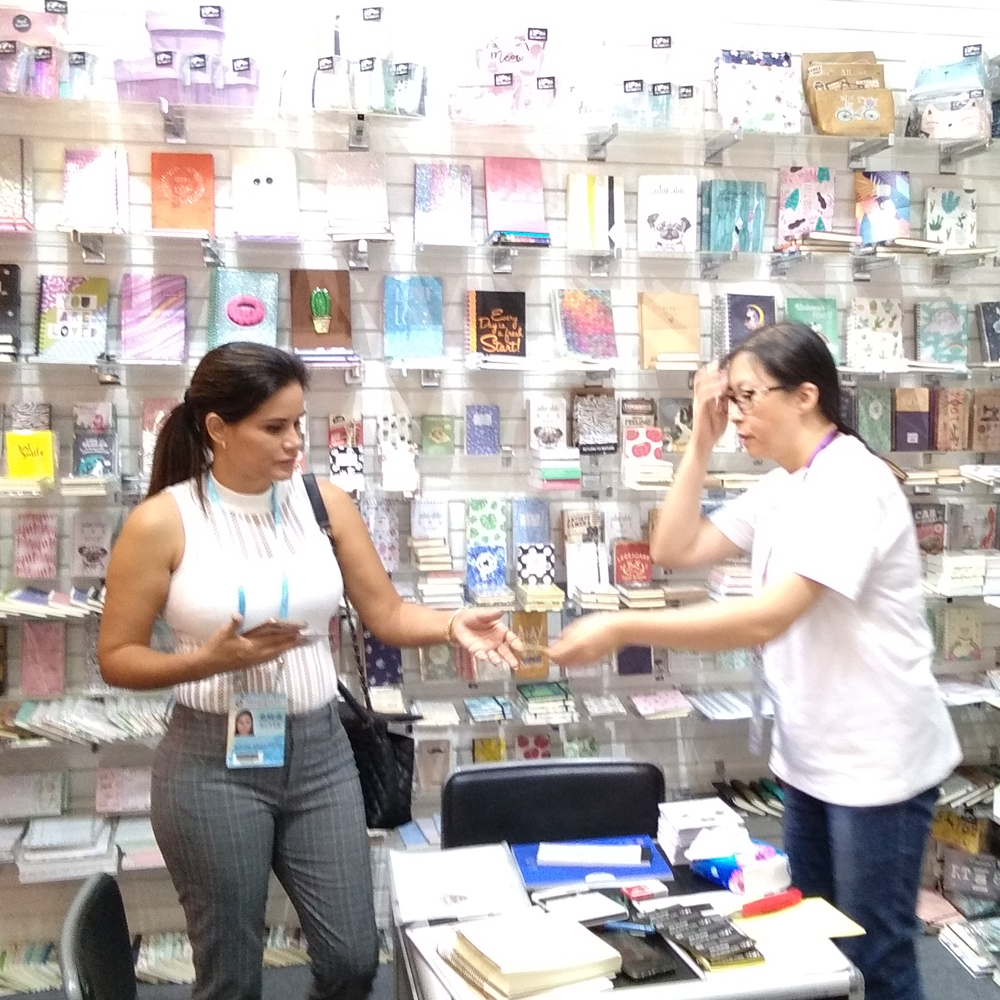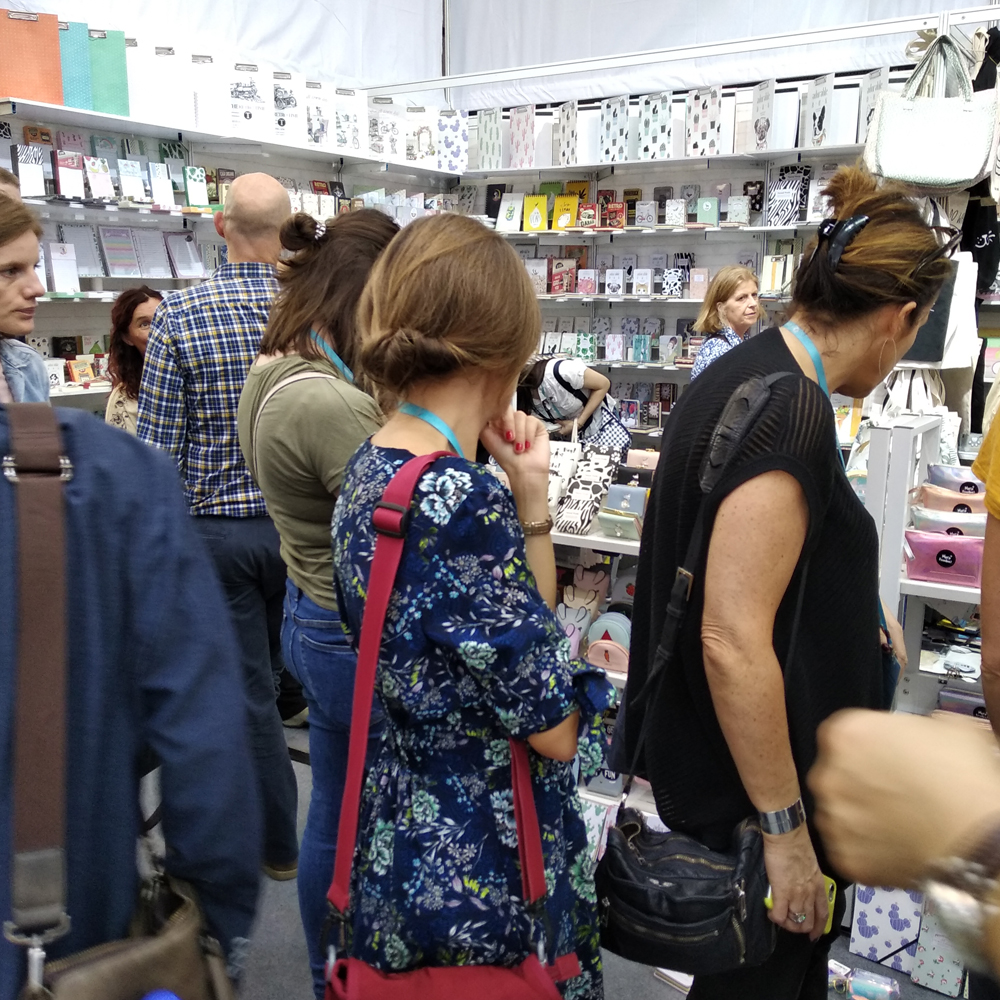Further analysis of the overall debugging of offset press machines
5.7 Further analysis of the overall commissioning of the machine The overall commissioning of the machine is the same as the commissioning of each unit, the key is the selection of the benchmark. Different models have different benchmarks, but there can only be one absolute benchmark. Monochrome machines or semi-satellite printing machines generally use impression cylinders, while unit-type printing machines generally use register cylinders. No matter which one is the absolute reference, once it is determined, it can no longer be adjusted (it must be in a normal working state). After the absolute reference of the machine is selected, the relative reference is selected according to the relationship of the transmission chain. With the benchmark and the relative benchmark, the adjustment can be carried out in an orderly manner, as shown in Figure 5.17. The figure above is a schematic diagram of a tuning benchmark. O is the absolute reference of the whole machine, l, 2 ... are the first relative reference and the second relative reference of the whole machine in sequence, 11, 12, 13 are the first relative reference and the first relative reference of the printing unit relative to the impression cylinder Two relative benchmarks, ..., and so on for other units. 1. Six Routes of Printing Machine To complete the printing, the printing press must be able to transfer the paper from the paper conveying part to the paper receiving part, transfer the ink or water to the paper, transfer the air from the air pump to the required air consumption part of the machine, and add the oil from the oil tank to the required Lubricated parts. Of course, the power to run the machine must also be provided. The above-mentioned conditions are the most basic conditions that offset presses must have. The paper, ink, water, gas, oil, and electricity routes, that is, paper, ink, water, gas, oil, and electrical circuits, are collectively referred to as the six major routes of the machine. The horizontal line in the above figure is the paper path, and each printing unit unit is the ink path and the water path. The adjustment is performed according to the benchmark determined in the figure. The adjustment of the ink mechanism can be performed by referring to the method described in the ink and ink section. The oil circuit and the gas circuit are not drawn, but the adjustment process must follow the original benchmark as above. One end of the oil and gas lines is where oil and gas are used, and the other end is the oil tank and air pump. However, there are many places where oil or gas is used, as shown in Figure 5.18 (oil and gas circuits are similar). Oil flows from the oil pump through the oil path to the part to be lubricated. If the oil pump is free of oil, lubrication cannot be performed. According to the alignment of the oil circuit, the absolute reference can be found, that is, who is the first relative basis of the fuel tank and the oil pump, and the subsequent oil separation points are the second relative reference, the third relative reference, and so on. If circulating oil is used in the oil circuit, check whether the return oil circuit is smooth. The gas path and the oil path are basically similar, but the difference is that the suction path and the gas path of the air pump are very clear. The air pump is the absolute reference, and the branch point leaving the gas system is the first relative reference, the first relative reference, and so on. Pay attention to the effect of inhalation on insufflation when adjusting the air circuit. 2. Commissioning of printing pressure Although the printing pressure changes frequently, it should always be consistent for a printed product. The adjustment of the printing tension was analyzed in detail in the printing unit, but it was not considered from the whole. As the printing pressure increases, the force at which the paper peels off from the skin increases, and the possibility of the paper being damaged during transmission also increases: from the point of view of ink transfer, the effect of subsequent color inking It's getting worse; it must be compensated appropriately by adjusting the printing pressure. Therefore, we must make overall consideration when choosing printing pressure. 3. Debugging of paper positioning relationship The paper should maintain its positioning at the rules at every link, which puts forward higher requirements for the intersecting roller teeth and lining teeth. The previous part has made a detailed analysis of this part, but there is one point that should be It is emphasized that all teeth that participate in printing must have sufficient friction for peeling force), and the requirements for teeth that do not participate in printing can be appropriately reduced. 4. Smuggling of paper In the entire printing process, the ideal situation is: the printed effective parts of the paper are printed. When the non-printed parts are not printed, the paper cannot form pressure and slide relative to other contact surfaces, but this is not possible in the actual process. . Therefore, when commissioning the machine, this possibility must be reduced to a minimum. Canvas Bag has large capacity and it's very convenient for daily commuting. Canvas bag has so many divers patterns, customers can use it not only for students and office workers, but also for groceries and shopping. Canvas bag use a casual style which can be public adopt. Shopping Bag,Canvas Shopping Bags,Shopping Hand Bags,Custom Hand Bags,Topshop Bags Jilin Y.F. Import & Export Co.,Ltd , https://www.jilinyf.com
(Figure 5.17)
(Figure 5.18) 


